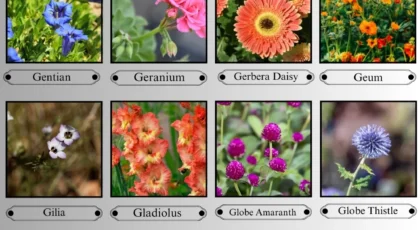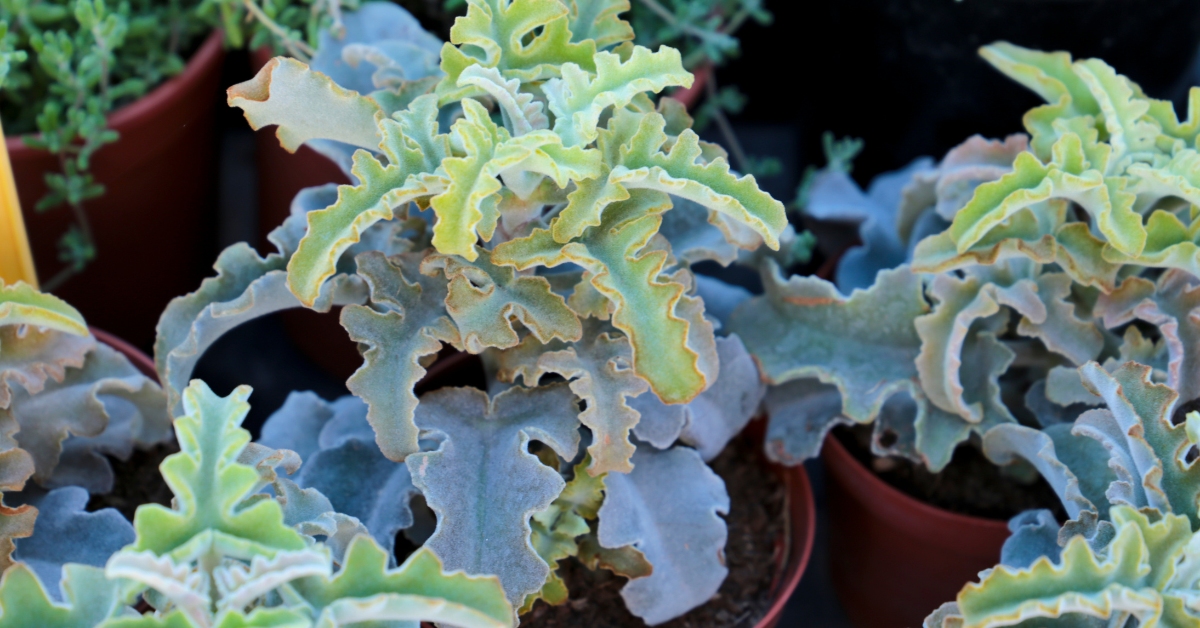If you’re looking for a beautiful houseplant that’s easy to care for and adds a touch of color to your space, aglaonema might be just what you need. Often called “Chinese Evergreen,” this plant is known for its vibrant foliage, tolerance to low light, and ability to thrive with minimal attention. I’ve had a few aglaonema varieties over the years, and they’ve all been reliable, forgiving, and attractive — perfect for busy plant parents or beginners.
Let’s take a closer look at this popular houseplant, from its characteristics to detailed care instructions
Plant Details at a Glance
| Feature | Details |
|---|---|
| Available Colors | Green, silver, red, pink, cream |
| Bloom Time | Occasionally indoors; mainly spring to summer |
| Height Range | 1 to 3 feet |
| Space Range | 1 to 2 feet wide |
| Temperature Range | 65–80°F (18–27°C) |
| Plant Light | Low to moderate indirect light |
| Companion Plants | Snake plant, ZZ plant, pothos, peace lily |

Getting to Know Aglaonema
Aglaonema is a genus of flowering plants native to tropical and subtropical regions of Asia. While it does occasionally produce flowers (which look like small white spathes similar to peace lilies), its true appeal lies in its patterned leaves. Some varieties have bright pink or red veins, others are silvery with deep green edges. Popular cultivars include Aglaonema ‘Silver Bay’, Aglaonema ‘Red Siam’, and Aglaonema ‘Maria’.
Because it grows slowly and doesn’t require much pruning, aglaonema is great for desks, shelves, and corners where you want a splash of color without fuss.
Detailed Care Guide
1. Light Needs
Aglaonema does well in indoor environments with filtered light. In fact, many people keep it in rooms that get very little sunlight. I’ve placed mine in a north-facing room with only ambient light, and it still thrives. Red and pink varieties tend to need a bit more light to maintain vibrant color, so placing them near a bright window (but not in direct sun) can help.
2. Watering Routine
Too much water is the most common reason for trouble with aglaonema. Always check that the top inch or so of soil is dry before watering. In winter, I water mine once every 10–14 days. Make sure your pot has drainage holes — soggy soil can lead to root rot.
3. Temperature and Humidity
This plant prefers warm conditions, between 65°F and 80°F. Keep it away from cold drafts, heaters, or air vents. If you live in a dry area, consider placing a small humidifier nearby or setting the pot on a tray with pebbles and water to increase local humidity.
4. Soil and Repotting
Use a well-aerated mix — I usually combine standard potting soil with a bit of perlite. Aglaonema doesn’t mind being slightly root-bound, so repot only every 2–3 years, or when you see roots coming out of the bottom.
5. Fertilizing Tips
During the growing season (spring and summer), a diluted liquid fertilizer once a month is enough. Skip feeding in winter when the plant naturally slows down.
6. Common Problems
- Yellow leaves often mean overwatering or poor drainage.
- Crispy edges can signal dry air or inconsistent watering.
- Pests like mealybugs or spider mites are rare but possible. Wipe the leaves with a damp cloth regularly to keep them clean and pest-free.
Is Aglaonema Toxic?
Yes — aglaonema is toxic to pets and humans if ingested, like many aroids. Keep it out of reach of curious pets and small children. The sap may also irritate sensitive skin, so wash your hands after handling.
Companion Plant Ideas
If you’re building a low-light plant collection, aglaonema pairs beautifully with other easy-care plants like snake plants, ZZ plants, and peace lilies. Their varied shapes and shades of green create a soothing, lush corner with very little maintenance required.
Final Thoughts
Aglaonema is a low-maintenance, high-impact plant that fits effortlessly into almost any home. Whether you’re new to houseplants or have a full indoor jungle, it’s a dependable addition with beautiful foliage and laid-back care needs. I’ve always found it to be a “set-it-and-forget-it” plant — perfect for busy lifestyles or anyone who wants to green up their space without too much work.
If you found this guide helpful, feel free to explore more plant care tips here on My Garden Insider!



